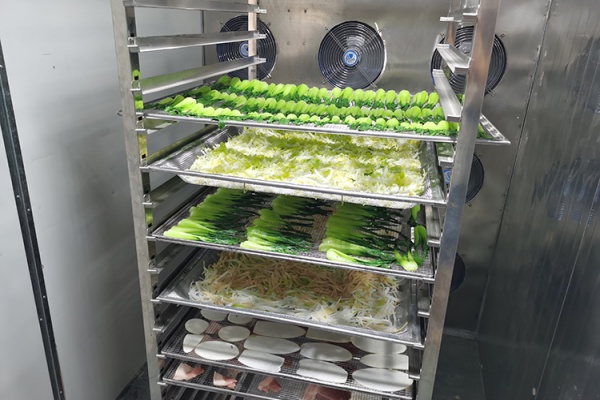Vegetable Drying Process
The vegetable drying process plays an essential role in the food processing industry, primarily by extending the shelf life of vegetables while preserving their nutrients and flavor. Through drying, moisture is removed from the vegetables, effectively inhibiting microbial growth and preventing spoilage. This not only facilitates long-term storage and transportation but also enhances the market competitiveness of vegetable products. Additionally, dried vegetables retain their original color and nutrient content, enriching consumer dietary options and meeting the demand for healthy food.

Temperature control is the most critical aspect of the drying process. Excessive temperatures can cause the loss of vitamins, minerals, and other beneficial components in vegetables, diminishing the nutritional value of the product. However, if the temperature is too low, while nutrients are better preserved, drying time is significantly prolonged, reducing production efficiency. Therefore, the drying temperature is typically maintained between 55°C and 70°C, striking an optimal balance between nutrient preservation and efficiency.
Drying time is another factor that requires precise control. Generally, vegetable drying takes between 6 and 15 hours, though this varies depending on the type of vegetable, slice thickness, and initial moisture content. For example, vegetables with higher water content, such as leafy greens and root vegetables, typically require longer drying times to thoroughly evaporate internal moisture and achieve a dry consistency. Thinner vegetable slices, however, may dry more quickly. By adjusting drying time appropriately, moisture can evaporate evenly from both the interior and surface of the vegetables, preventing under-drying or over-drying.

